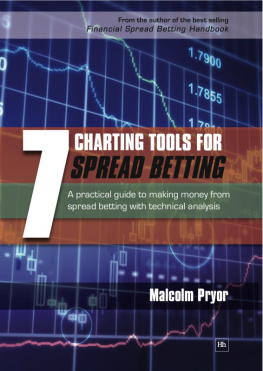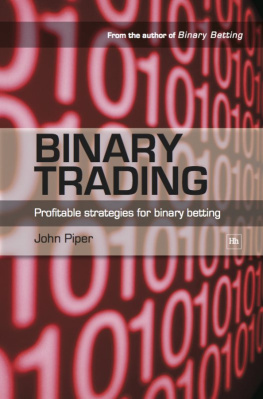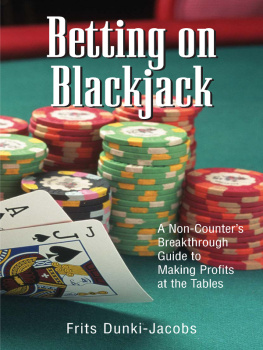In this book I explain seven technical analysis tools which can really make a difference to spread betting performance. The seven tools covered are:
The focus is on practical use rather than academic theory. So I show how each tool can help improve performance and how to use it to best effect. There are many charts in this book illustrating each tool. Each tool has its own individual role to play in the traders methodology, either on its own or in combination with some of the other tools.
Who this book is for
The book is for people with any level of technical analysis skills, from virtual beginners to advanced users. The beginner may want to supplement their reading by reading various free online resources referred to in the text. All readers are also referred to further research by way of a recommended reading list.
Although the book is primarily for spread bettors it is not necessary for the reader to have any previous spread betting experience, the concepts discussed are of potential interest to all traders.
The focus of the book is mostly on daily charts, and as such will be of interest to traders whose trades last from a couple of days to say 30 days. However the tools can be applied to all time frames. So the day trader can use the basic principles on, say, a 10 minute chart, while the longer-term investor can use the basic principles on weekly charts.
How this book is structured
After this preface there is a short introduction the main purpose of which is to explain the reasons for writing this book.
Then we get to the heart of the book. Each of the seven charting tools is explained in a separate chapter, all of which have the same structure:
- Background and construction. Each chapter starts with a brief introduction, followed by a first look at the tool in action, illustrated most of the time with an annotated chart of the FTSE 100. This leads on to a detailed look at how the tool in constructed. In a number of cases the more complicated arithmetic can be found in the Appendices.
- Overview of tool. In this section we look at the main purpose of the tool, its strengths and its weaknesses.
- Settings. For each tool where the user has a choice of settings we look at both the standard settings and the ones used in this book.
- How to use this tool. This section focuses on how the tool is used in this book.
- Example. Each chapter contains a detailed worked example of the tool in action.
- Alternatives. In some cases the user can get similar benefits from other tools, which are discussed here.
- Conclusion. Each chapter finishes with a very brief final comment on the tool.
Following this there is a chapter on how the tools can be combined to build, or complement, a trading methodology.
Finally, the Appendix lists books and internet resources that I recommend as useful for spread bettors, and also provides further notes on the detailed calculations of the indicators.
Acknowledgements
I have many people to thank for providing support advice and encouragement while writing this book. I shall not be able to name them all but many thanks everyone!
I would like to thank Harriman House for their help in publishing this book; a really great team. In particular, Stephen Eckett, who provides unique editorial wisdom with a light touch.
I would like to take this opportunity to thank Martin Stamp, the creator of the ShareScope software, and the entire ShareScope team, both for creating the software and for allowing me to reproduce charts from it in this book.
I would like to thank Dr Van Tharp, friend and mentor.
I would like to thank my parents, Maurice, who passed away in 2008, and Marjorie.
And most of all I would like to thank Karen, to whom this book is dedicated.
Risk warning
No responsibility for loss incurred by any person or corporate body acting or refraining to act as a result of reading material in this book can be accepted by the Publisher or the Author.
The information provided by the Author is not offered as, nor should it be inferred to be, advice or recommendation to readers, since the financial circumstances of readers will vary greatly and investment or trading behaviour which may be appropriate for one reader is unlikely to be appropriate for others.
Introduction
Spread betting using a structured approach
My first book looked at the differences between people who win at spread betting and those that dont. One of the big differences is that the winners use a structured approach. They plan their trades and use systems and techniques that in the long run give them an edge. They also keep their bet size at a level which will give their longer-term edge a chance to play out while still keeping them in the game during the inevitable shorter-term volatility.
In the winners enclosure you find a surprisingly large number of diverse approaches. Some people perform detailed analysis of company results, poring over balance sheets, profit and loss statements, cash flow schedules and the like. Others have expertise in strategic planning, marketing and sales, and can spot a company that seems to be going places. Others have corporate finance skills and try to make money by guessing the next takeover target.












